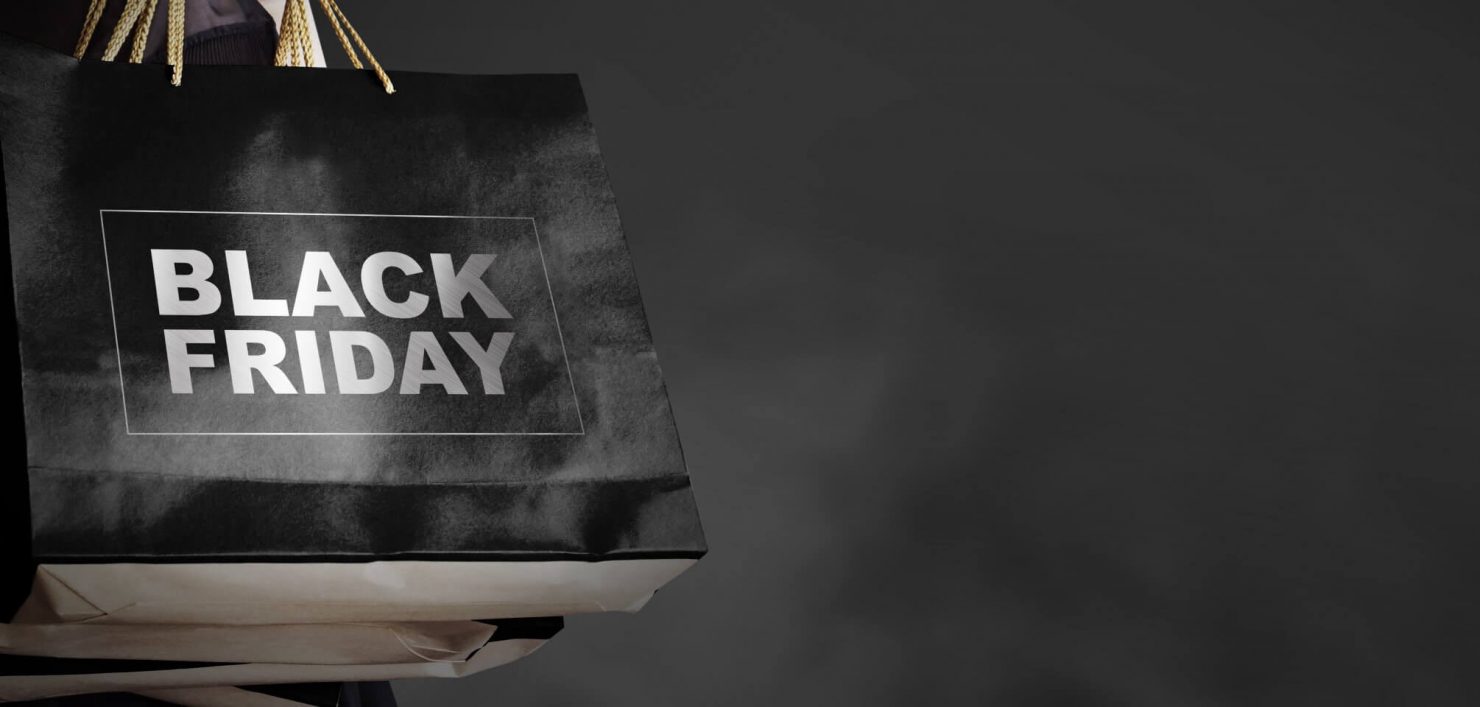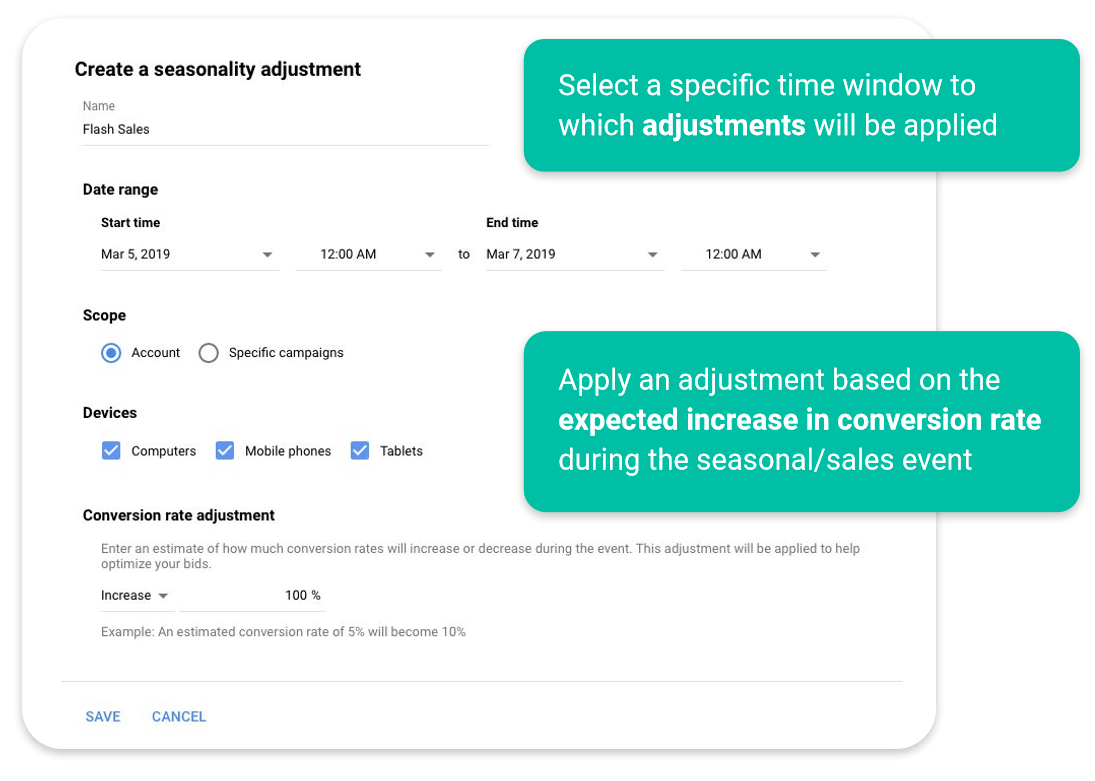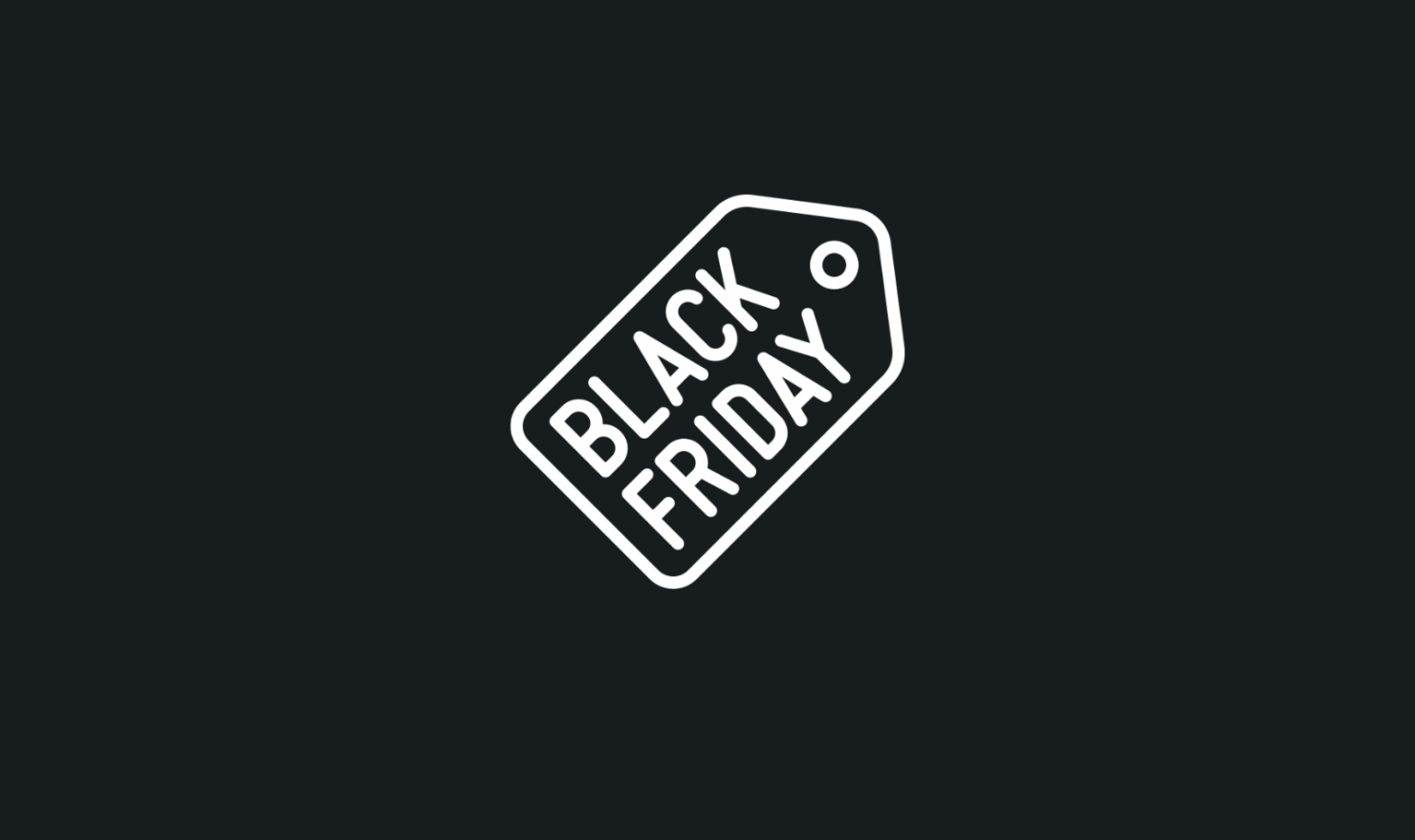Circus Helps Prep for Black Friday Success

Last year UK shoppers spent a reported 1.49bn on online retail sites – a 7.3% rise on 2017. No longer isolated to a single day, 67% of all discounts offered were active between the Monday and Thursday preceding Black Friday. The extension of deals into Cyber Monday week may give the impression that Black Friday is a 2-week shopping event, but in reality it is a month-long affair. Consumer savviness is increasing and non-brand search volumes are strongest at the beginning of November as users identify what they want – and once they become informed about their product choices they will search for the best deals on branded terms.
With this is mind, online retailers need to ensure they have implemented their paid search strategy ahead of time if they want to beat the competition and enjoy Black Friday success.
What worked
Black Friday is a highly competitive landscape for PPC marketeers and through effectively implementing the below features and channels we helped ensure our clients were there (and with their best deals) when customers were searching.
Responsive Search Ads
Last year Google released Responsive Search Ads (RSAs) which allow advertisers to create up to 15 headlines and 4 descriptions within an ad, which are then automatically rotated to find the best creative for each individual user and their specific query. The more unique your headlines and descriptions are from each other, the greater your chances of being able to serve a hyper-relevant ad to a potential customer. Through analysing their Combinations Reports, advertisers can identify the most successful messaging and use their findings to help inform their Black Friday copy.
Catch-all Dynamic Search Ads Campaign
Ensure full coverage of your entire product inventory by creating an ad group set to target ‘all web pages’ and fill any gaps in users’ searches left by keywords you’re not actively bidding on but are relevant to your business. If ‘all web pages’ is to broad, specific pages can be chosen, as you may not wish to pay for clicks to certain pages if your goal is to spend your budget maximising sales.
Promotion Extensions
Google have reported on average a 10-15% uplift in click-through rate when promotion extensions are shown, and with the option to select Black Friday and Cyber Monday as occasions, these extensions are a must for all online retailers. Supply your promo code if applicable and set your sale dates to remind customers that this is a limited time offer.
Countdown Timers
Much like promotion extensions, countdown timers create a sense of urgency as the ad copy dynamically updates to display the time left for an offer, e.g. 3 days or 12 hours. Although not currently compatible with RSAs, countdown timers can be deployed in expanded text ads and dynamic search ads.
Amazon
In 2018 Amazon held 26% share of the Black Friday Market, up 3% from the previous year. For many consumers Amazon is akin to a search engine as millions of products from a huge range of retailers can be browsed and compared. It is likely this year Amazon will choose not to wait for Black Friday proper to release deals, and consumers will be able to purchase at a reduced price from the start of November.
What could do well this year
A new year means more new features and advertising channels to weave into Black Friday planning and listed below are our top picks for our paid strategies this year.
Smart Shopping
Google Smart Shopping campaigns were released last year and in early testing advertisers drove over 20% more conversion value at a similar cost – this figure is now closer to a 30% average increase in conversion value. Smart Shopping campaigns combine standard shopping with display remarketing and utilises automated bidding and ad placement to promote products across various Google networks. Advertisers can set a target return on ad spend which the Google Ads system optimises towards whilst aiming to maximise conversion value.
Smart Display with Pay for Conversions
In December 2018 Google released the option to pay for conversions, rather than clicks, when using a Smart Display campaign. Advertisers set a target cost-per-acquisition and only pay when a user converts; a CPA Target of £10 and 10 conversions in a month would result in a £100 overall spend. This is a great proposition not only for meeting ROI targets but also for brand awareness as users can click through to your site, and become familiar with your offering, for free.
LinkedIn Profile Targeting
Microsoft’s acquisition of LinkedIn allows advertisers on the Bing Ads platform to target potential customers based on their LinkedIn profile information. In particular, job function is useful to optimise against as spending habits tends to differ between those in entry level roles, compared to company heads.
Shopping Ads on Pinterest
Pinterest brands itself as a visual discovery tool, and although advertising on the platform has existed for many years, the introduction of Shopping Ads via the Ads Manager interface allows advertisers to launch Shopping campaigns and promote their products to an engaged audience. One study found that 84% of Pinterest’s weekly users use the app before deciding what to buy next, and the same study found that 83% of the same users have made a purchase based on content they found from brands advertising on Pinterest.
The Circus Method
Through a combination of early preparation and analysis, we helped our clients see on average a 50% revenue increase on Black Friday 2017, and this year we expect this to rise even further.
Shopping Feed Health
You lose 100% of the ad auctions you don’t enter – so make sure you have fixed any disapprovals in your Merchant Centre well in advance of Black Friday. Also make sure to complete as many of the columns in your product feed as possible – including information such as colour, size and gender helps shoppers evaluate your products. Use feed rules to strengthen your titles and descriptions – add the product’s brand to the start of the title, or test appending the size and colour to the end of the title.
Smart Shopping
If you’re not already utilising Smart Shopping, testing should begin at a minimum 5 weeks before Black Friday to allow enough time to evaluate the results. Avoid over segmenting your campaigns as this is likely to undermine performance since the algorithm will have less data to work with. A successful strategy could include segmentation by marketing strategy, or by category and margin goals:

Once you’ve selected and set up a campaign to test under Smart Shopping, you should allow your campaign to run for at least 14 days without making any changes, as this is the learning period. Remember to pause the original campaign to prevent any interference. After the initial period is complete, run your campaigns for days 15 – 28 as ‘business as usual’ – the campaign should be optimising and performing towards the targets you’ve set. Then wait several days for any conversions that may have occurred during days 15 – 28 days to convert – this conversion lag will vary depending on the product. After allowing for your conversion lag, you can evaluate performance. Compare the ‘business as usual’ period to the two-week period before the Smart Shopping campaign started. Remember to judge performance on the right metrics such as total conversion value or ROAS, don’t focus on metrics such as impressions and clicks as these do not reflect real business outcomes.

Optimising Smart Shopping for Black Friday
Adjust your ROAS targets to capture the extra demand – by decreasing your ROAS target it will be easier for the algorithm to respond to accelerating sales volume. Set the lowest ROAS you are willing to accept and where possible use an unlimited budget to make sure you’re not missing out on traffic later in the day.

Smart Bidding for Search
Many ecommerce clients are using Smart Bidding strategies such as Target CPA for their Search campaigns and it is important these campaigns are set up to cope with the increased traffic, increased conversion rates and increased competition we experience around Black Friday. If you expect more traffic to your site you will need to make sure budget is uncapped, but providing your conversion rates don’t change drastically, Smart Bidding will optimise as normal to achieve your goals. However, if conversion rates are expected to change significantly, slightly more action will be necessary. For a gradual increase in conversion rates over a period of 3+ days, no immediate change is required, but you may wish you make slight adjustments to the Target CPA/ROAS depending on your seasonal marketing goals. If your conversion rates are expected to spike in under 3 days, such as a flash sale, you can consider using seasonality adjustments or changing your target goal. To apply a seasonality adjustment, simply tell the system when and how to adjust for your sale. For example, if you expect conversion rate to increase from 5% to 10%, increase your conversion rate adjustment by 100%:

Alternatively, increase your CPA target by 2, or relax your ROAS target by half:

Analyse Previous Data
Review your 2018 Black Friday data and identify where you saw spikes in traffic so that you can adjust your budgets and smart bidding strategies accordingly this year. Review which products delivered strong sales and identify which offers you were running – if you plan to offer a less competitive discount this year be prepared that sales may not be as strong, since shoppers will be searching for the best deals. Review your ad copy and aim to improve and build on your messaging – incorporate this into an RSA ad and it will automatically rotate to find the best combination.
Key Dates
W/c 21st Oct – Final date for testing Smart Bidding and Smart Shopping
Black Friday Week Begins – 25th November
Black Friday – 29th November
Cyber Monday – 2nd December
End of Cyber Monday Week – 8th December
Treat Black Friday as a marathon, rather than a sprint, and you will see a greater return than if you rely on one day to drive all your success.





